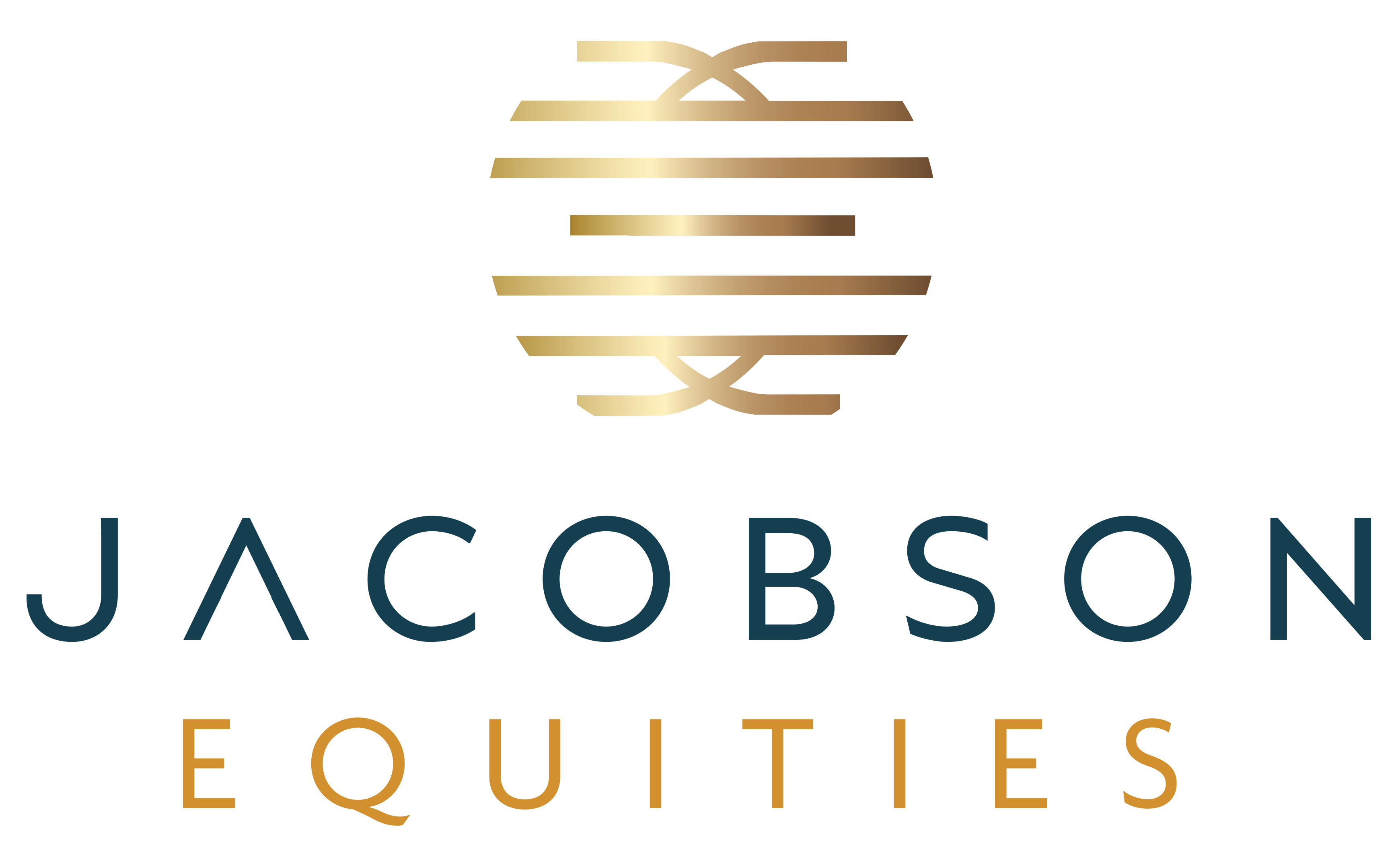It has been nearly a generation since inflation reared its head as it did in 2022. Most investing professionals coming of age since the year 2000 had been operating in a low inflation, low interest rate economy. Access to low-cost capital for purchases, renovations, or new construction has allowed real estate investors to enjoy excellent investing opportunities which have, over the past couple of decades, produced both strong cash flows and asset appreciation.
The tide turned in 2022 with the United States 10-year treasury bond currently yielding around 3.66% (as of February 2023) and with general expectations of continued tightening throughout this year, that rate may yet rise higher. While interest rates will impact valuations across asset classes, we expect a significant divergence in performance between commercial/office properties and multifamily. This article will explore some of our thinking on multifamily property investing in a period of inflation, high interest rates, and housing shifts.
Multifamily Assets Manage Inflation Risk Better
Inflation raises the cost of everything from the materials needed to maintain buildings to utilities to the salaries of the employees that manage multifamily assets. What separates residential rental properties from commercial during inflationary periods is the short-term nature of residential leases. Though costs may tick up during an inflationary period, when leases come to term, rent increases can reset the balance between income and expenses.
On the consumer side, however, higher salaries enable tenants to accommodate the higher rent. Over the past couple of years, asking rents have increased 21% and household incomes have increased at approximately the same rate, enabling rent collections to remain steady at between 95 and 96%. Compare this to office properties which are experiencing substantial vacancy rates as the Covid induced work from home trend remains entrenched. Office CMBS loan delinquency rates reached 2.53% in 2022 versus 1.76% for multifamily CMBS according to Trepp’s CMBS Delinquency Report. Even with the Fed’s aggressive actions, target inflation is unlikely to return to the 2% or lower that we experienced during the past decade, setting multifamily up for continued strong performance as inflation persists.
Strong Demand Outweighs Interest Rate Concerns
Rising interest rates can decrease the purchase price of real estate assets as it is more expensive to finance a purchase. An asset’s cap rate, the rate of return on an unleveraged purchase, typically adjusts upward to enable a buyer to achieve an appropriate risk adjusted return given the higher cost to finance that acquisition. The cap rate buyers demand also reflects the alternative investments they have available to them at the same or lower level of risk. As the interest payable on the 10-year Treasury goes up (the so-called “risk free rate”), investors expect an investment in real estate to pay them an appropriate premium for the incremental risk of an investment not guaranteed by the full faith and credit of the United States government.
Now, because apartment owners can increase rents in an inflationary environment, they are, to some extent, able to increase net operating income sufficiently to offset the expansion of cap rates (price is determined by dividing the cap rate by the net operating income of a property). What we saw in 2022, however, was a rise in interest rates that was so rapid, there was a huge disconnect between seller expectations (which were based on 2021 valuations) and what buyers could afford to pay to achieve a satisfactory return. This disequilibrium continues in 2023 such that the market for multifamily assets is and, we expect, will remain moribund until the market feels comfortable the Fed is done raising rates and price discovery occurs to match seller expectations on pricing with what buyers can pay to achieve their target returns. However, as discussed above, multifamily asset resilience in the face of rising rates is driven by both flexibility in rent increases due to shorter lease terms and demand.
Currently, multifamily assets sit in a sweet spot compared to other real property opportunities as demand for housing remains strong while supply is still extremely limited. Rising interest rates are expected to decrease new residential development – both single family and multifamily, putting more pressure on demand. According to the latest Freddie Mac research, the US has an estimated shortfall of housing of 3.8 million units, so housing demand is set to outpace housing supply of any kind for the foreseeable future.
Housing Shifts are the Multifamily Sector’s Friends
In today’s market, the combination of rising interest rates and low supply has made the cost of owning a single-family home increasingly difficult for many. Housing prices are too expensive for many Americans and not enough new homes are being added to the housing supply fast enough to improve affordability.
The availability of single-family homes sits at all-time lows – keeping prices elevated even with higher interest rates. The higher interest rates imposed by the Fed to slow inflation are impacting sales demand. Many households continue renting because higher down payments and monthly mortgages keep purchasing out of financial reach. This is especially true for younger Americans. In fact, by mid-2022, the share of homes purchased by first-time buyers declined from 34 to 26 percent, the lowest level in at least four decades and the median age of home buyers shot up from 45 to 53, the oldest since NAR started collecting data in 1981.
Rental rates have increased substantially over the last several years as well, but not enough to bridge the gap between renting and owning. Additionally, the large millennial generation with smaller, more flexible households is looking for smaller homes near urban centers – where land use restrictions make single family home development impossible and higher density apartment developments more appropriate.
The current trifecta of higher inflation, rising interest rates and housing shifts are well suited to the strengths of multifamily as an investment. And certainly, apartments are well supported by secular trends in demand, especially as compared to other asset classes, like office and retail, which are impacted by remote work and online commerce. Wise investors will take advantage of the unique opportunity multifamily properties present in today’s market.


